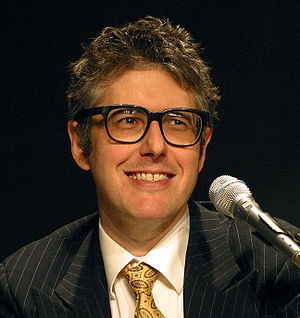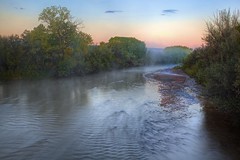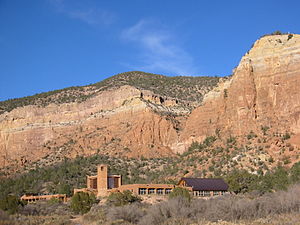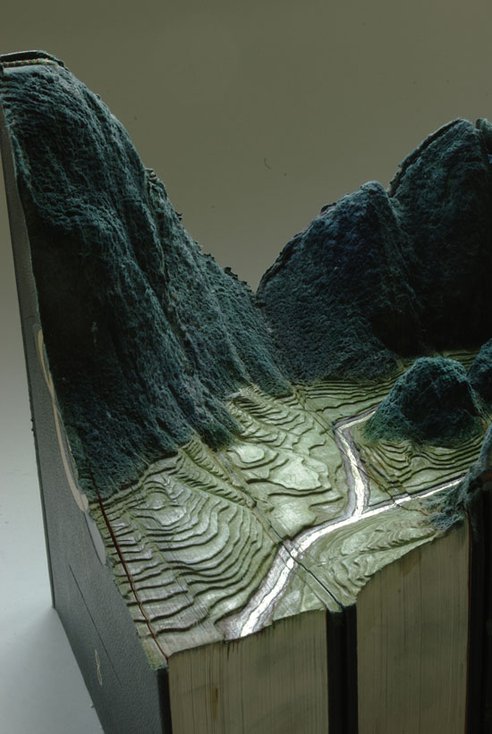The Wonder of Storytelling
A week ago Bob Davidson (@bob_davidson) asked, “What makes good story?” on my new favorite blog, rednow. Davidson is the creative producer for Rule29 and co-founder of rednow, where the art of wonder is practiced, romanced and encouraged.
Wonder makes good story. And, like Davidson, I’m happy to reward storytelling MVP status to Ira Glass and This American Life. Though I’m not certain I could have teased out the reason(s) why… Not so simply. Nor so elegantly.
Here’s Davidson:
I decided to… listen to the entire collection of This American Life… [So far I] have listened to over 250 episodes. I’ve subsequently determined the TAL team are arguably the best storytellers in the business today. Primarily, because they get this:
Great storytellers are made by great listeners. Great listeners understand how to ask and identify the right question. The right questions beckons the story.
And while this is the basic framework of all great storytelling, the real brilliance of the TAL team and what arguably sets them apart is their ability to unpack a narrative in its purest form – a focus on the sequence of actions, or the “anecdote”, as Ira Glass deems it… the audience has no other choice but to begin visualizing the narrative… a space for wonder is created. (rednow)
Over the next few days I’ll be talking to two different groups about Storytelling in the Digital Age, a familiar (and favorite) topic explored with memoir writers on Friday and artists on Saturday. I have high hopes for both workshops, especially now that I can cite Davidson’s post to help incubate reflection on what makes good storytelling.
I couldn’t agree more with his first assertion that great storytellers are first and foremost great listeners, but I think it’s even more fundamental than identifying the right question. Before you can identify the right question, you have to quiet your own voices enough to hear the singing underneath. Instead of imposing your story/ies, you need to open up, to become receptive and unjudging. To listen, I mean really listen, you have to be curious. To listen deeply, you have to suspend your own assumptions and convictions.
Questions help, and I agree that they’ll help beckon the stories, but even before you start to identify and ask questions you need to listen with patience and curiosity.
Above all, I tip my hat to Davidson for this: unpack a narrative in its purest form. Period. If only it were as easily executed as repeated!
Related articles
- Through the Ira Glass: Advice on Storytelling From the Host of This American Life (enotes.com)
- Ira Glass on Storytelling (Part 1/4) (whimsicallyours.com)
- The Fundamentals of Social Listening and Storytelling (spiral16.com)
- Ira Glass on Storytelling (Part 3/4) (whimsicallyours.com)



















